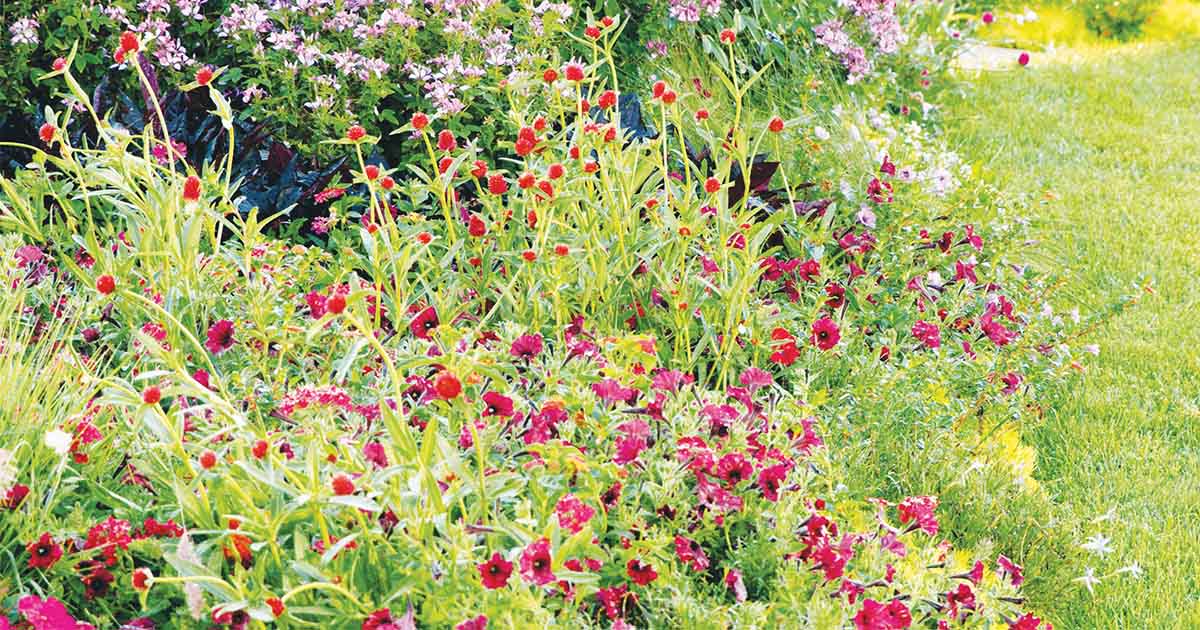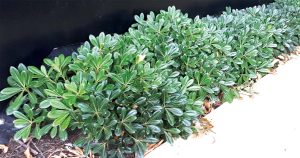I would like to thank the garden owners, volunteers and the public for making the recent Open Gardens weekend such a success.
I have been in my garden and have noticed how dry everything is, especially the soil. During this dry weather, it can be difficult to make sure plants get the water they need to survive, much less thrive.
Most plants absorb very little moisture through their leaves. Almost all the water they need has to get absorbed through their roots. So the more roots they have, the better equipped they are to find and absorb moisture.
A well-developed root system with lots of little sponge-like root hairs is a plant’s best insurance for survival in drought conditions.
For a plant to develop a good root system, the roots need to be able to push out into the soil. In addition, to do that they need to be working in a loose, friable soil – not one that is hard and compacted.
Gardeners can help create good conditions for root growth by breakinghard packed soil with a fork, and most of all, by adding organic matter. Mixing organic matter with native soil particles loosen up the soil and makes it much easier for roots to stretch out in all directions.
Organic matter – such as compost, peat moss, and shredded leaves – works in two other important ways to help roots access moisture. Adding these materials will make your soil more porous, so water that is applied to the soil surface will not run off but rather will move down into the root zone. Soil that contains a large amount of organic matter can also retain much more moisture.
Absorbing moisture is the task of the youngest, most tender part of a plant’s system – the growing roots tips and root hairs. When moisture conditions alternate radically between wet and dry, these root hairs are stressed and damaged.
Covering the soil surface with a thick layer of mulch reduces water loss due to evaporation, and just as importantly, helps maintain a consistent moisture level in the soil to keep delicate root hairs healthy.

Water early or late. Morning time is best because moisture doesn’t sit on the leaves and encourage disease. Use a drip hose to water at the base of the plant. By doing this, you are getting more water to the roots, reducing water loss through evaporation and reducing the amount of moisture left on the leaves.
Strong, deep roots are vital to healthy plants. Watering deeply encourages roots to follow the moisture further into the earth, rather than remain at the surface of the soil where they are more susceptible to heat and drought.
Water as needed, not on a set schedule. This kind of goes hand-in-hand with watering deeply. By watering a few times each week, you encourage deeper root growth. Plants in containers will require more frequent watering.
Reduce your watering when rainfall is abundant (obviously) Too much water can be as detrimental to plants as too little. Visit www.galstongardenclub.com.au
Table of Contents
Toggle









